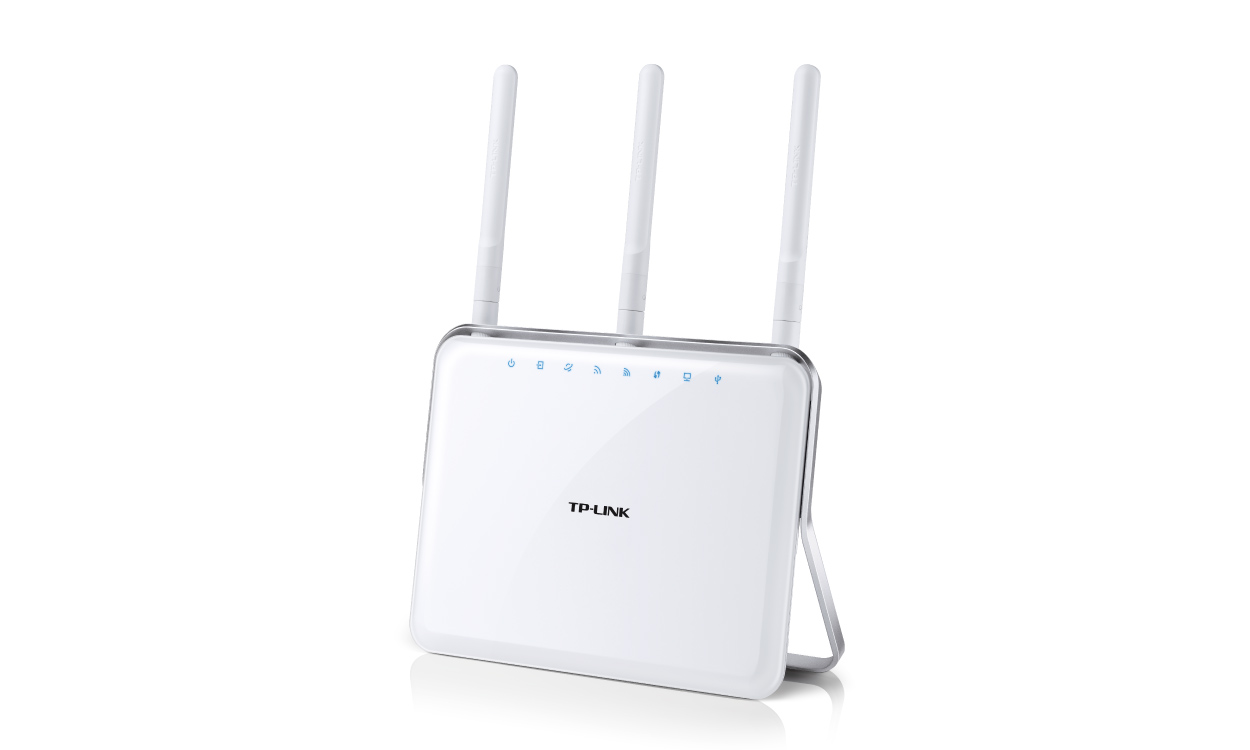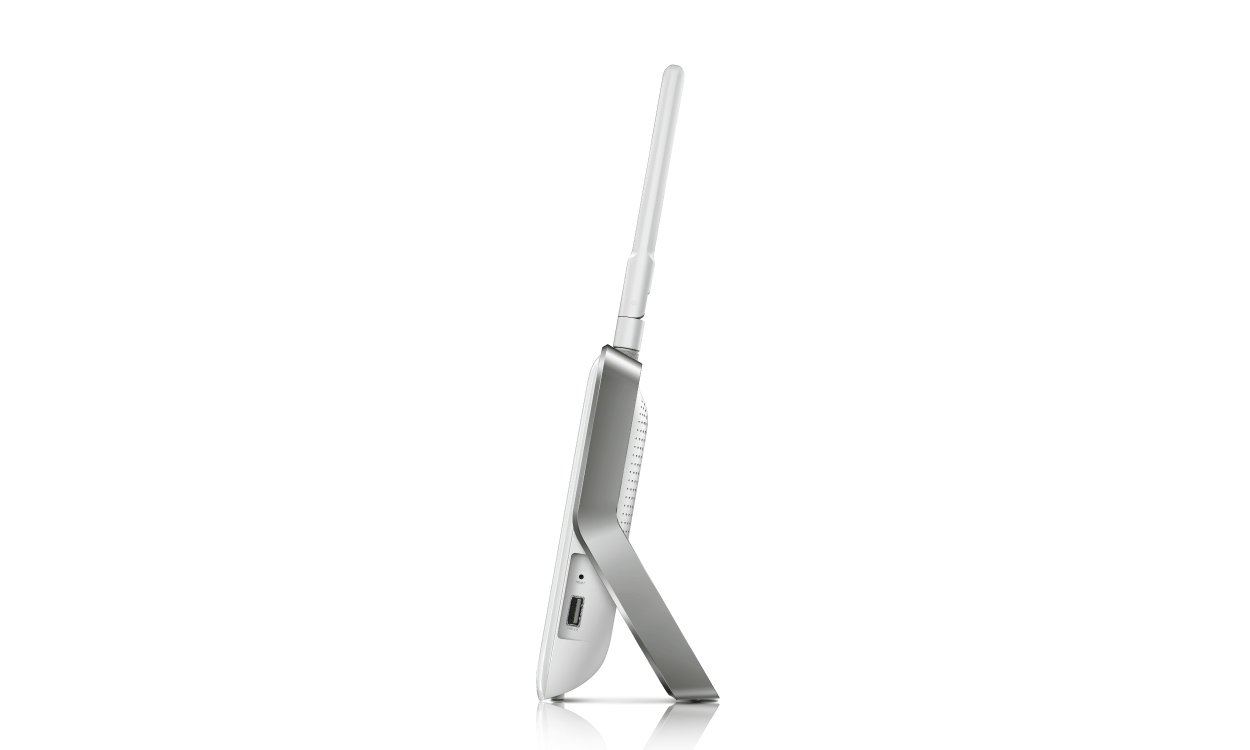TP-Link Archer D9 AC1900 ADSL2+ Modem Router review
It's nothing spectacular but offers solid performance nonetheless

If you need an ADSL router with good, though not spectacular, wireless performance and would find the ability to - slowly - share USB storage devices or printers with other systems around the house, the TP-Link Archer D9 is a solid choice. There are cheaper options, however.
-
+
Fast wireless connectivity; small footprint; USB ports are a bonus.
-
-
File sharing performance is slow; media sharing is buggy; illegal Wi-Fi defaults; TP-Link's user interface could do with an overhaul.

Additional features include DLNA media sharing - but with caveats - along with simple parental controls for up to four MAC addresses, dynamic DNS through No-IP or DynDNS, and a conditional pool for the DHCP server which allows selected vendor IDs to be grouped together.
Overall
The wireless performance of the Archer D9 is good, but nothing particularly special - despite the promise of beam-forming technology to extend its range. While it managed to provide a measurably stronger signal than a rival device on the 5GHz band, its 2.4GHz signal was weaker - likely a trade-off in the dual-band antennas supplied with the unit.

The file-sharing feature is of less use. Security concerns about the default configuration aside, the USB 3.0 port is more of a gimmick than a real feature: a USB flash drive which can write at 21MB/s and read at 42MB/s locally was connected to the Archer D9 and accessed via CIFS, but slowed to just 11.6MB/s write and 20MB/s - around half its usual performance.
The DLNA server, too, is buggy: as with previous TP-Link routers, it treats MP4 files as audio rather than video preventing them from playing back on client devices. While the solution is simple enough - rename the file - it's an annoyance that TP-Link really should have fixed by now.Finally, there's the matter of price.
While the Archer D9's 165.99 recommended retail price compares well to its rivals, the actual selling prices of each are far closer. The Archer D9 can be found on Amazon for 145.98 at the time of writing, while the Netgear R7000 Nighthawk can be had for 149.99, the Asus RT-AC68U for 159.98, and the Linksys EA6900 for just 129.99 - dramatically undercutting the TP-Link.
Verdict
If you need an ADSL router with good, though not spectacular, wireless performance and would find the ability to - slowly - share USB storage devices or printers with other systems around the house, the TP-Link Archer D9 is a solid choice. There are cheaper options, however.
Sign up today and you will receive a free copy of our Future Focus 2025 report - the leading guidance on AI, cybersecurity and other IT challenges as per 700+ senior executives
Modem: ADSL2+ (1x RJ11 port)
Wired Networking: 4x gigabit Ethernet ports (3x LAN, 1x WAN in Ethernet router mode)
Wireless Networking: 802.11b/g/n 2.4GHz 600Mb/s, 802.11a/n/ac 5GHz 1,900Mb/s
Antennas: 3x external, RP-SMA connectors
Power: 12v, 3.3A (PSU supplied)
Additional Ports: 1x USB 3.0, 1x USB 2.0
Features: Firewall, DDNS, parental controls, PPTP, L2TP, and IPSec pass-through, guest wireless network, network isolation, bandwidth control, traffic prioritisation, remote logging, printer sharing, CIFS (Samba) file sharing, FTP file sharing, DLNA media streaming, port forwarding, MAC filtering, CWMP configuration, DHCP with conditional pool.
Gareth Halfacree is an experienced tech journalist and IT professional, and has been writing since 2006. In addition to contributing article for ITPro, Gareth has been featured in publications such as PC Pro, Techmeme, The Register, The MagPi, and Tom’s Hardware.
In addition to his digital articles, Gareth is the author of several best-selling books. These include the Raspberry Pi User Guide, an essential text for those looking to get started with their Raspberry Pi, as well as The Official Raspberry Pi Beginner’s Guide. Gareth also wrote the Official BBC micro:bit User Guide, a comprehensive guide to setting up the pocket-sized computer, learning to code on it, and even creating your own hardware addons.
-
 AI’s future rests on copper, and global supply shortages could hamper big tech infrastructure plans
AI’s future rests on copper, and global supply shortages could hamper big tech infrastructure plansNews Copper supply bottlenecks could put a huge dent future big tech infrastructure plans
By Ross Kelly Published
-
 Salt Typhoon attack on US congressional email system ‘exposes how vulnerable core communications systems remain to nation-state actors’
Salt Typhoon attack on US congressional email system ‘exposes how vulnerable core communications systems remain to nation-state actors’News The Salt Typhoon campaign marks the latest in a string of attacks on US government communications networks
By Ross Kelly Published
-
 Retailers are turning to AI to streamline supply chains and customer experience – and open source options are proving highly popular
Retailers are turning to AI to streamline supply chains and customer experience – and open source options are proving highly popularNews Companies are moving AI projects from pilot to production across the board, with a focus on open-source models and software, as well as agentic and physical AI
By Emma Woollacott Published
